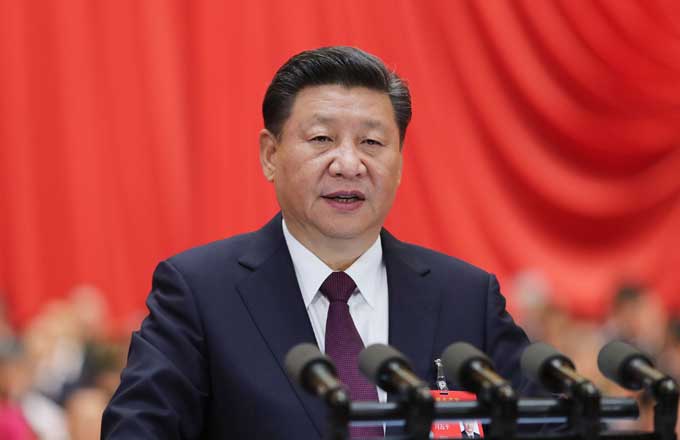Typhoon Usagi kills 25 in China
Almost 5,000 tourists had been evacuated from the city of Taishan and more than 2,500 workers building the Hong Kong-Zhuhai-Macao Bridge had been evacuated with facilities at sea temporarily disassembled and stabilized ahead of the typhoon's landing.
Guangdong is a major base for China's nuclear power stations and emergency response schemes have been activated. Four of the six generating units at Dayawan are operating at reduced load and construction has stopped at Yangjiang and Taishan nuclear plants, according to the China General Nuclear Power Group, which runs the plants.
According to the provincial weather station, the super typhoon will weaken to tropical storm and enter the neighboring Guangxi Zhuang Autonomous Region on Monday afternoon.
Hundreds of flights in Guangdong, Guangxi, Fujian, Hong Kong and Macao were canceled or delayed on Sunday. Shipping between Fujian and Taiwan has also been suspended.
The Fujian Provincial Flood Control Headquarters warned that storm tides could threaten coastal embankments as the typhoon coincided with the rising tide, bringing a record high of sea levels on Monday morning.
Thousands of people have been evacuated from low-lying coastal areas and border police in Yunxiao County are rushing to repair two embankment sections that were damaged by strong waves.
In Hong Kong, the typhoon forced schools, amusement parks and bathing beaches to close on Sunday.
Hong Kong Observatory issued a No. 8 storm signal, the third highest level, at 6:40 p.m., as local weather experts believe Usagi is the strongest typhoon that affected Hong Kong in 50 years.
Mass Transit Railway (MTR) trains and rail services all over the city are still running but trains above ground will be halted if the wind grows stronger. Ferries and some bus services have also been halted, according to Hong Kong MTR Corporation.






















